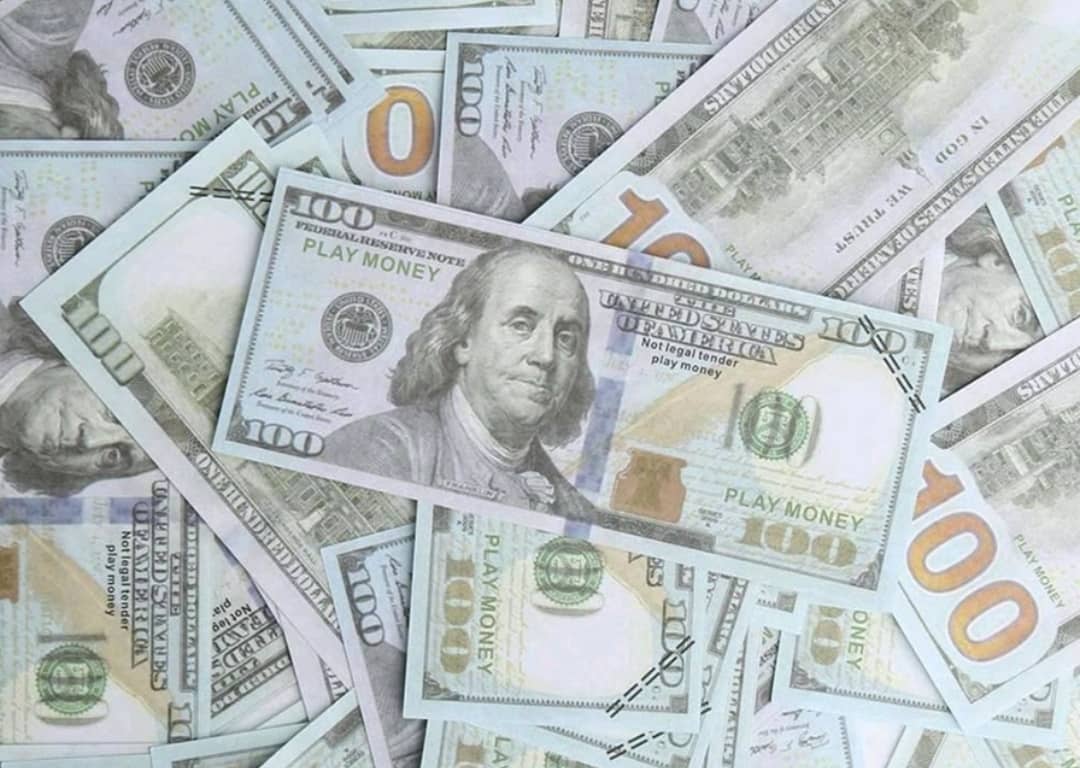WEEKLY MARKET ANALYSIS BY MANOKARAN MOTTAIN
THE KLCI Index was mostly trading around the 1,375-point level last Friday before closing sharply higher towards the end of the day as window dressing activities kicked in.
However, the market breadth last Friday was negative despite the market rising sharply. Therefore, I believe some profit taking will kick in soon and am maintaining my view that the KLCI will trade between the 1,375 -1,400 points range in the coming week in the absence of any major market catalysts.
The performance of the bond market last week was once again within my expectations as both the UST and MGS yields was trading within a narrow +/-10 basis points range.
The negative carry of the 10-year MGS against the 10-year UST extends into its fourth week. So far, the yields of both bonds have more or less traded in tandem over the past week but a yield adjustment will eventually occur to one of them to account for the sovereign rating difference.
The Ringgit had a reprieve against the US Dollar last week but continues to slide against the Singapore Dollar, British Pound and Euro on the back of continued portfolio outflows.
The US Dollar is likely to be range bound between RM4.57 – RM4.65 in the coming week.
Meanwhile, the British Pound and Euro are likely to remain strong against the Ringgit after the ECB predicted that inflation will peak at 5.1% in 2023 before slowing down to 3.0% and 2.3% in 2024 and 2025 respectively.
Based on the latest projections, it would seem that interest rate cuts will only materialize in 2024.

Stock Market
The local stock market ended the week on a higher note thanks to window dressing activities last Friday. The benchmark KLCI Index ended the week at 1,388.61 points (+12.53 points or +0.90%).
Trading value rebounded back to RM2.09 billion per day from RM1.69 billion per day last week due to last Friday’s massive trading value of RM3.25 billion. This led to the overall trading value for the week to jump to 5.5% above the past 100-day average daily trading value of RM1.98 billion per day.
In the bond market, US bond yields continued to rise for the second consecutive week as bond fund managers adjust their portfolios to reflect a further potential interest rate hike following the latest Federal Open Market Committee (FOMC) meeting last week.
The US Federal Reserve chose to maintain the Federal Funds Rate at 5.00% - 5.25% to allow it to have more time for it to assess the effectiveness of its previous 10 consecutive interest rate hikes but indicated that there could be a further two rate hikes in the future if inflationary pressures continue to persist.
This led to the yield inversion to rise further especially on the shorter end of the yield curve whereby the yields for the UST 2-year rose sharper than the UST 10-year bonds. Meanwhile, June’s preliminary Michigan consumer sentiment report indicated that one-year inflation expectations fell to 3.3% in June 2023 from 4.2% in May 2023.
The 10-year US Treasury (UST) yields rose by three (3) basis points to 3.77% from 3.74% in the previous week and the total yield gains over the past 52 weeks narrowed further to 53 basis points.
The UST 2-year yields also appreciated by 13 basis points to 4.72% from last Friday’s close of 4.59%. This continues the yield curve inversion between the UST 2-year and 10-year notes into its 49th consecutive week with the yield spreads widening to -95 basis points from -85 basis points last week.
The 10-year MGS bond yield rose by a further three (3) basis points last week to 3.75% last Friday from 3.72% in the previous week. The yield spreads between both countries’ 10-year bonds remains in negative territory for the fourth consecutive week at minus two (-2) basis points.

ECONOMICS
Malaysia’s wholesale and retail trade registered a monthly sales value of RM136 billion, +6.3% year-on-year (y-o-y) in April 2023.
The increase was primarily attributed to the retail trade sub-sector, which grew 12.9% (RM6.9 billion) to RM60.5 billion followed by the wholesale trade sub-sector which also rose by 3.2% (RM1.9 billion) to RM60.9 billion.
However, on a month-on-month (m-o-m) basis, the sales value of wholesale and retail trade fell 1.8% due to a decline in the motor vehicles and wholesale trade sub-sectors which fell 19.8% and 1.1% respectively.
The performance of the retail trade sub-sector which grew by 12.9% in April 2023 helped to cushion the decline during the month. The volume index of wholesale and retail trade for April 2023 registered a y-o-y growth of 4.7% driven by an expansion in the retail trade (+10.0%) and wholesale trade (+3.4%) sub-sectors.
Malaysia’s total trade rose 27.8% to RM2.8 trillion in 2022 against RM2.2 trillion in 2021. In 2022, both exports and imports grew by 25% and 31% to RM1.6 trillion and RM1.3 trillion respectively from RM1.2 trillion and RM987.3 billion in 2021.
Higher exports were recorded in Penang (RM107.7 billion, +30.3%), Johor (RM84.7 billion, +35.2%), Sarawak (RM45.4 billion, +52.7%), Selangor (RM22.4 billion, +8.8%), Kedah (RM14.4 billion, +36.1%), Sabah (RM8.8 billion, +27%), Labuan (RM8.2 billion, +75.3%), Kuala Lumpur (RM2.9 billion, +4.5%), Pahang (RM2.9 billion, +8.9%), Negeri Sembilan (RM2.2 billion, +9.4%), Melaka (RM1.2 billion, 4.1%), Kelantan (RM1.2 billion, +42.1%), Perlis (RM392.1 million, +34.2%) and Terengganu (RM325.7 million, +1.9%).
However, Perak’s exports contracted by RM2.2 billion or -5.6% to RM37.1 billion. Penang remained the top exporting state with a share of 29.9% followed by Johor (21%) and Selangor (17.8%) underpinned by strong exports of electronic integrated circuits in Penang and Selangor and refined petroleum products in Johor.
Higher imports were also registered by all states led by Johor (RM96.3 billion, +49.7%), Penang (RM61.1 billion, +26.4%), Selangor (RM56.0 billion, +20.2%), Kedah (RM16.2 billion, +28.0%), Melaka (RM15.6 billion, +61.4%), Kuala Lumpur (RM15.5 billion, +21.0%), and Negeri Sembilan (RM12.9 billion, +41.2%). Selangor has the highest share of imports at 25.7% followed by Penang (22.6%) and Johor (22.4%).
CURRENCY
The Ringgit was mixed against other major currencies over the past week. It gained against the Japanese Yen at RM3.20 /JPY100 (+10.0sen) and remained virtually unchanged against the US Dollar at RM4.6110 / USD1.00.

However, the Ringgit weakened sharply against the British Pound to RM5.9160 / GBP1.00 (+12.70sen) and the Euro at RM5.0450 / EUR1.00 (+8.10sen) after the European Central Bank (ECB) increased its interest rates by 25 basis points to 3.50% on 15 June 2023.
In addition, it also weakened slightly against the Singapore Dollar at RM3.4490 / SGD1.00 (+1.80sen). – DagangNews.com
Manokaran Mottain has been an economist with a number of financial institutions and is now managing his own firm, Rising Success Consultancy Sdn Bhd and has been writing his economic analysis on a weekly basis in DagangNews.com since 2022
CLICK HERE FOR COLLECTIONS OF MANOKARAN MOTTAIN'S ARTICLE











